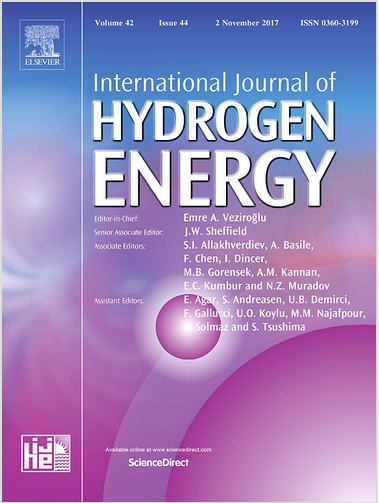Nanostructured Si/TiO2 core-shell nanopillar (NP) photoanodes were synthesized to overcome photodegradation stability of Si and to enhance the efficiency for photoelectrochemical water splitting. The core-shell structures were fabricated by atomic layer deposition of TiO2 onto Si nanopillars synthesized by metal-assisted chemical etching and nanosphere lithography. Scanning electron microscopy, transmission electron microscopy, Raman and reflectance spectroscopies were utilized to characterize fabricated photoanodes. The obtained Si/TiO2 core-shell NP arrays exhibit less than 6% of optical reflectance in UV and visible region, providing good optical absorption. Photoelectrochemical (PEC) water oxidation of fabricated photoanodes was studied. We showed that n-Si/n-TiO2 NP exhibited a larger photocurrent than p-Si/n-TiO2 due to a barrier at the heterojunction. Optimal morphological parameter of Si/TiO2 NP for enhanced PEC water splitting were found. We demonstrated its enhanced PEC performance with a photocurrent density of 1.5 mA/cm2 under simulated solar radiation with intensity of 100 mW/cm2. The relationship between the PEC performance and the electrolyte pH was also discussed. The design of the geometry of Si/TiO2 core-shell NP arrays offers a new approach for preparing stable and highly efficient photoanodes for PEC water splitting.

